While Korea’s global music image is often dominated by the polish of K-pop, the Seoul underground is quietly producing something raw, noisy, and defiantly unfiltered. Among the most exciting acts to emerge from this scene is PCR, a band whose genre-defying sound blends art punk, no wave, and noise, wrapped in a sleek and gritty visual aesthetic.
In this exclusive interview, we spoke with Kimin—vocalist and founder of PCR—about the band’s formation, the meaning behind their name, and their vision for the future.
Q1. First of all, can you introduce yourselves and tell us how PCR started?
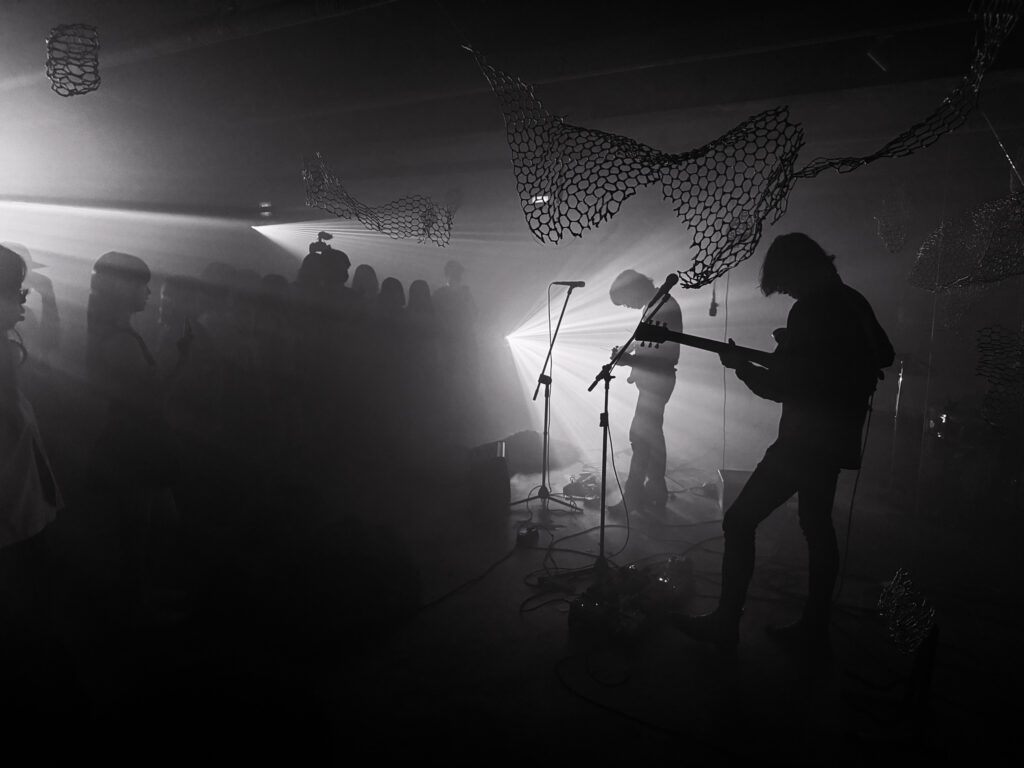
Kimin:
We had each different band.
I met friends who are now in PCR—the drummer Youngwon and the guitarist Minjae. We were playing in different bands, but we decided to make some no wave, art punk group.
We were pretty bored of typical band music. There’s lot of artists/band called them selves “Genreless” like alternative blah blah or something. But for me, most of alternative sounds are same for now. that so we decided to focus on “Genre music” like no wave, noise, experimental, art punk. That’s why PCR started.
Q2. What does “PCR” mean?
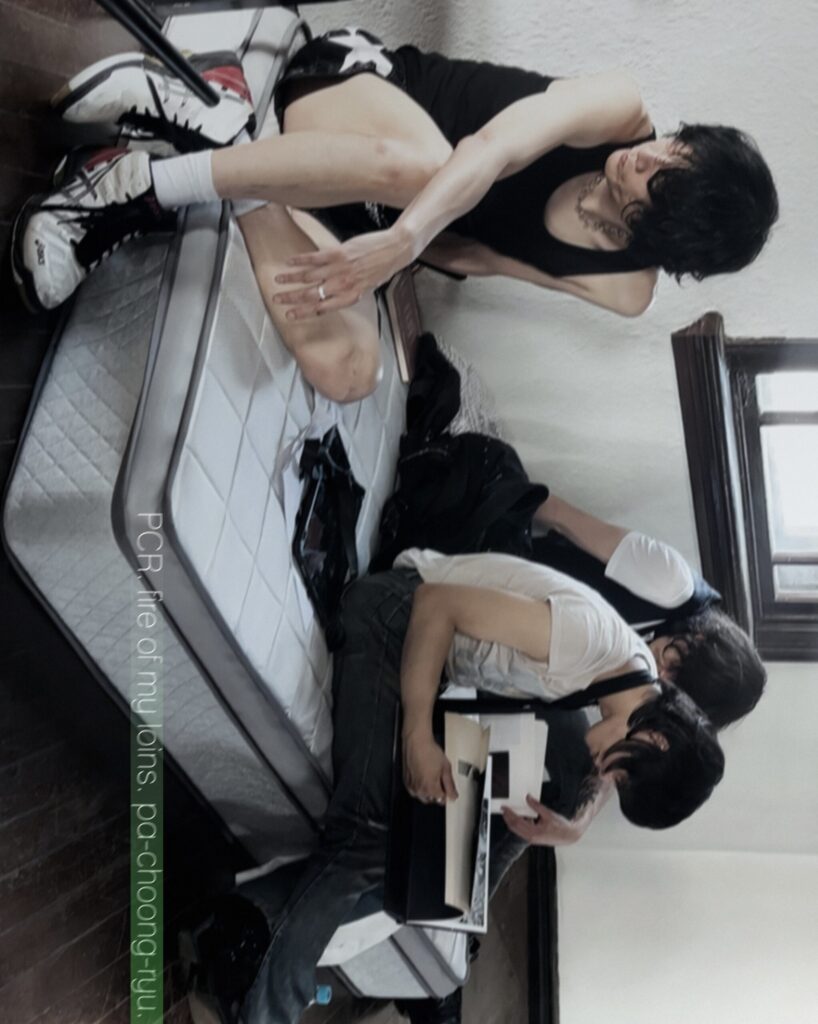
Kimin:
There’s a word “파충류 (Pachung-ryu)” in Korean, which means reptiles—like lizard, snake, alligator. We just used the syllables: P, C, R. The pronunciation is very close to Japanese too. I like the wild and aggressive feeling of reptiles’ teeth. That’s why we chose the name.
And, you know, three-letter names are always cool. Like D.N.A or C.A.N.
Q3. You released your first EP Kahwa at the beginning of 2025. What kind of music was it, and how did people react to it?
Kimin:
Actually, we are like babies now. We just released that album seven months ago. It was better than we expected. People said like, “This is a new type of Korean music,” and we were so happy with that. I’m so appreciative.
Q4. Your second EP People Come Raging came out just six months later. What changed between the two records?
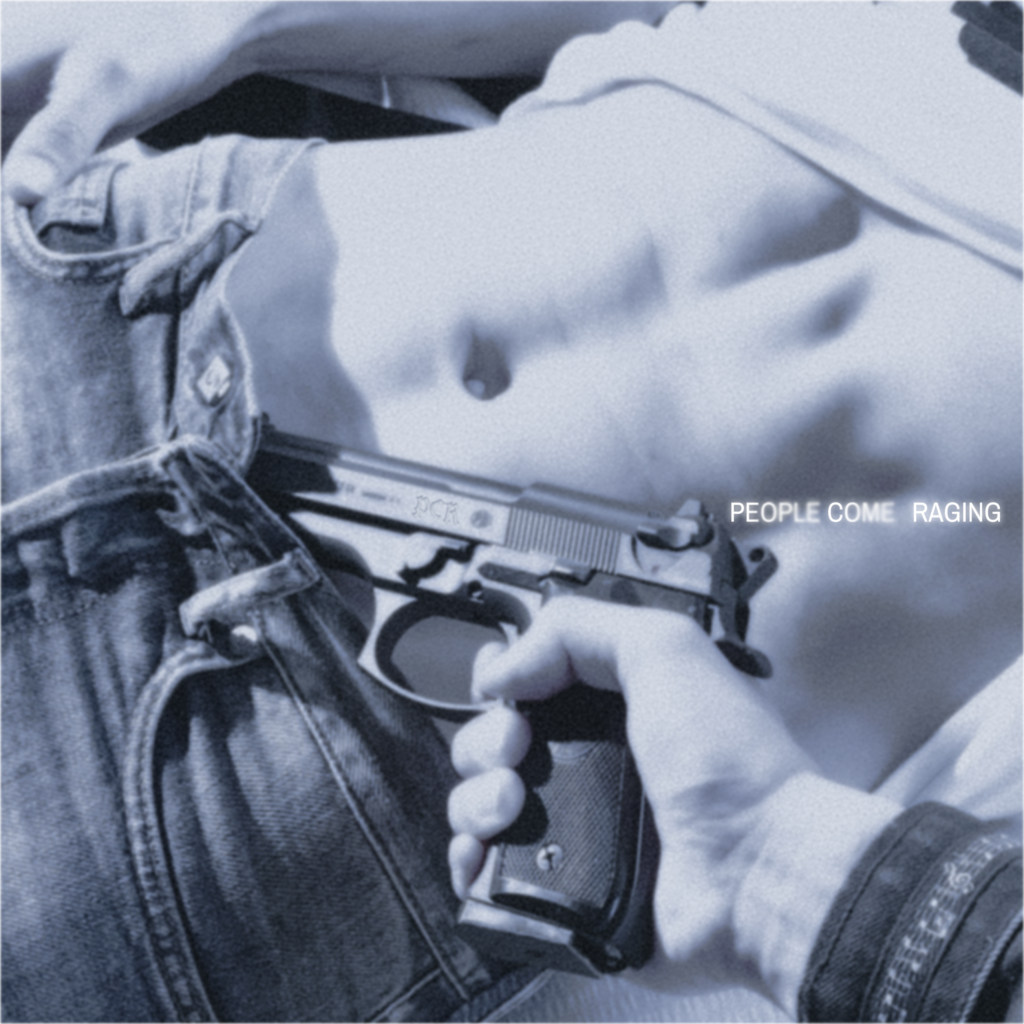
Kimin:
In Kahwa, the first EP, we were making a song. But in the second EP, we were making the sound. That’s the point.
We did many experimental noises and sounds. We did sampling. But on the first EP, we focused more on melody and other things. That’s the difference. And next time, we are planning more various things. We will be more… how do you say… shinkasaseru.
Q6. People describe your sound as art-punk or no-wave. How would you describe it in your own words?
Kimin:
It’s basically a sort of culture. There are few meanings for me. In Korea, it’s not a famous genre. I don’t know about Japan, but I think Japan has a wider cultural scene.
So for me, as a Korean, it’s like a dark cave. It’s too dark so no one can see it. I just want to put some light inside the cave. It’s like an unfounded place. I know I’m talking too abstract, but that’s what it is for me.
Q8. Your fashion sense gives off a strong Hedi Slimane vibe. Are there any designers, eras, or visuals that influence the way you dress on and off stage?
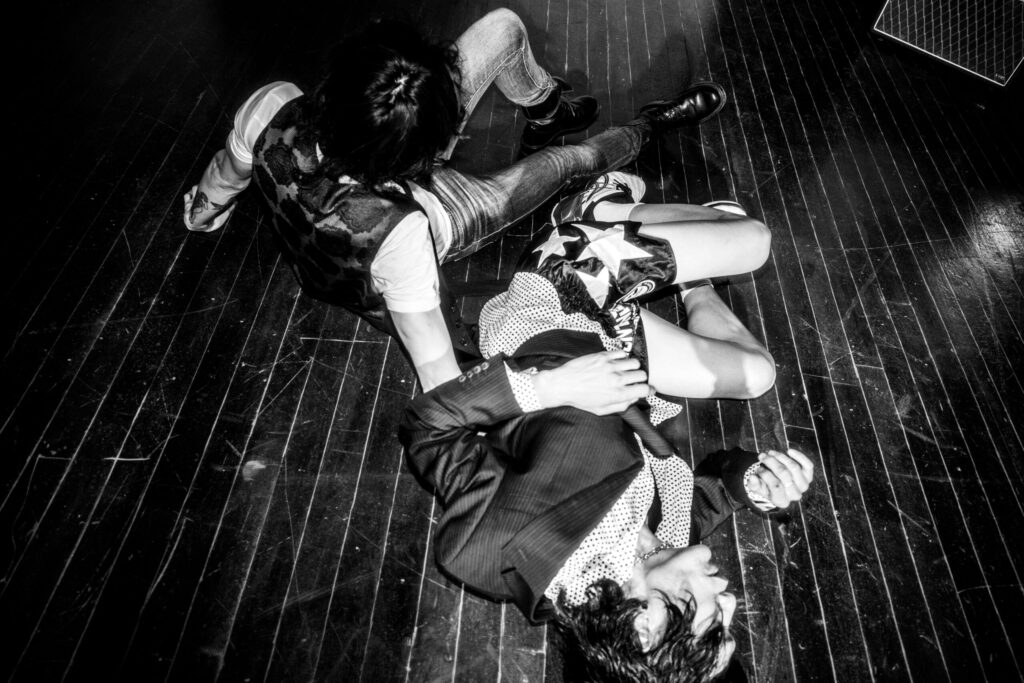
Kimin:
To be honest, I don’t think I have a deep knowledge of fashion yet. I’ve always loved things that look beautiful or cool, but I still have a lot to learn before I can say I truly “love” fashion.
That said, I really admire the work of Hedi Slimane. I’m a huge fan of Peter Doherty, who was one of his muses, and of course, I’m also a big fan of his band, The Libertines.
Back in April this year, we had the chance to perform on the same stage with them. They’ve gotten older, sure, but they still wore amazing clothes and carried themselves with such cool attitudes.
I think our visual style has naturally been influenced by artists and designers like them.
Q9. What’s the Seoul indie/DIY scene like right now? Are there any artists or venues you feel close to?
Kimin:
The indie scene in Korea has always been around, but honestly, I don’t think I’m deeply familiar with everything that’s happening right now.
In fact, through our experiences with more typical indie venues, we felt that the local live scene was becoming a bit uniform and predictable, so we’ve been trying to avoid falling into that.
Lately, PCR has been playing shows in art galleries and even abandoned buildings, as a way to break out of those limitations.
As for venues we feel close to, Senggi Studio in Hongdae and Babydoll in Sinchon come to mind. The sound is great, but more than that, the atmosphere is just really special.
Also, I run a small cafe called Happy Heavy Drinker, where we play all kinds of indie rock music on vinyl, definitely not your typical coffee shop background music.
If you ever visit Korea, please drop by! i’ll make you a cuppa coffee then.
Q10. Lastly, what’s next for PCR? Any upcoming releases or live shows you can tell us about?
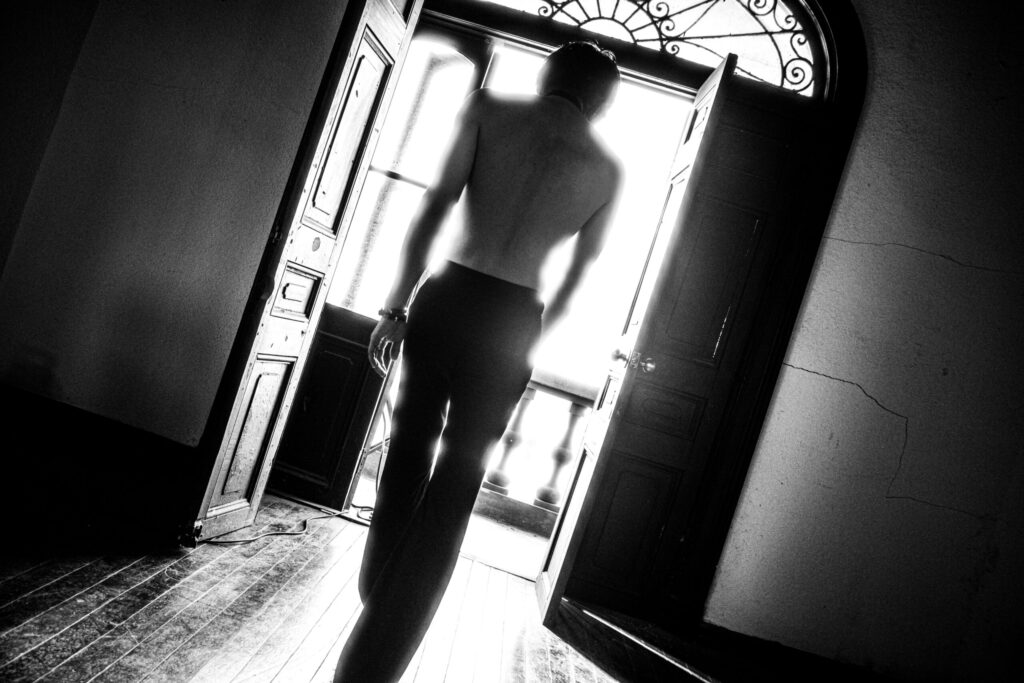
Kimin:
Recently, PCR joined a music collective called ATML(Anything That Makes Light). It’s a loose network of experimental artists working across South America, Berlin, and London, focusing on genres like noise, no wave, drone, and ambient.
We see this as a great opportunity to move beyond borders—either by taking our music abroad, or by bringing those artists to Asia and helping build a more open, transnational scene.
Also, we’re heading to Japan this December!
We’ll be touring with one of our all-time favorite bands, Zoobombs, starting in Tokyo on December 18, then moving to Kyoto (12/20) and Osaka (12/21).
If you’re in Japan, we’d love to see you there!
In a country often defined musically by its polished idols, PCR stands apart as a wild card—raw, restless, and ready to make noise. As they prepare for their Japan gigs and look toward their first full-length album, one thing is clear: PCR isn’t just reacting to the Korean scene—they’re redefining where it can go next.
